Bayeux is one of the main tourist sites of Normandy, with Mont St Michel, Honfleur, Monet’s garden and Rouen.
Four reasons for this. It has the Bayeux tapestry, a magnificent cathedral, it’s a handy base for visiting the D-day zone, and it wasn’t damaged during the war. like Caen, Aunay sur odon, St Lo.
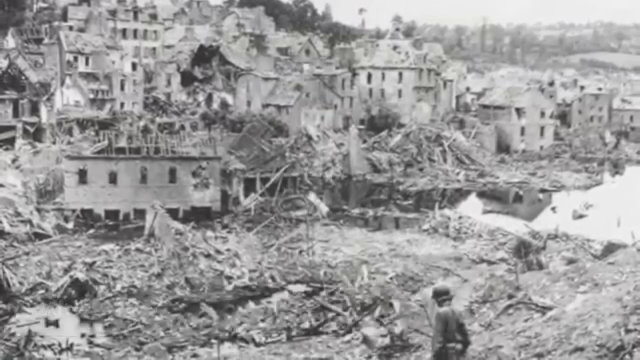
This is the transcript for my Youtube video The saving of Bayeux
Why were these towns destroyed and Bayeux not. As usual there are several stories to explain this.
A German soldier who occupied Bayeux would have no trouble finding the places he knew, the town hasn’t changed much.
OCCUPIED TWO DAYS AFTER CAPITULATION
Two days after Petain capitulated on the 16th june 1940, the German army arrived from Caen passing in front of the Lion D’or and the Halle aux grains, or grain exchange.
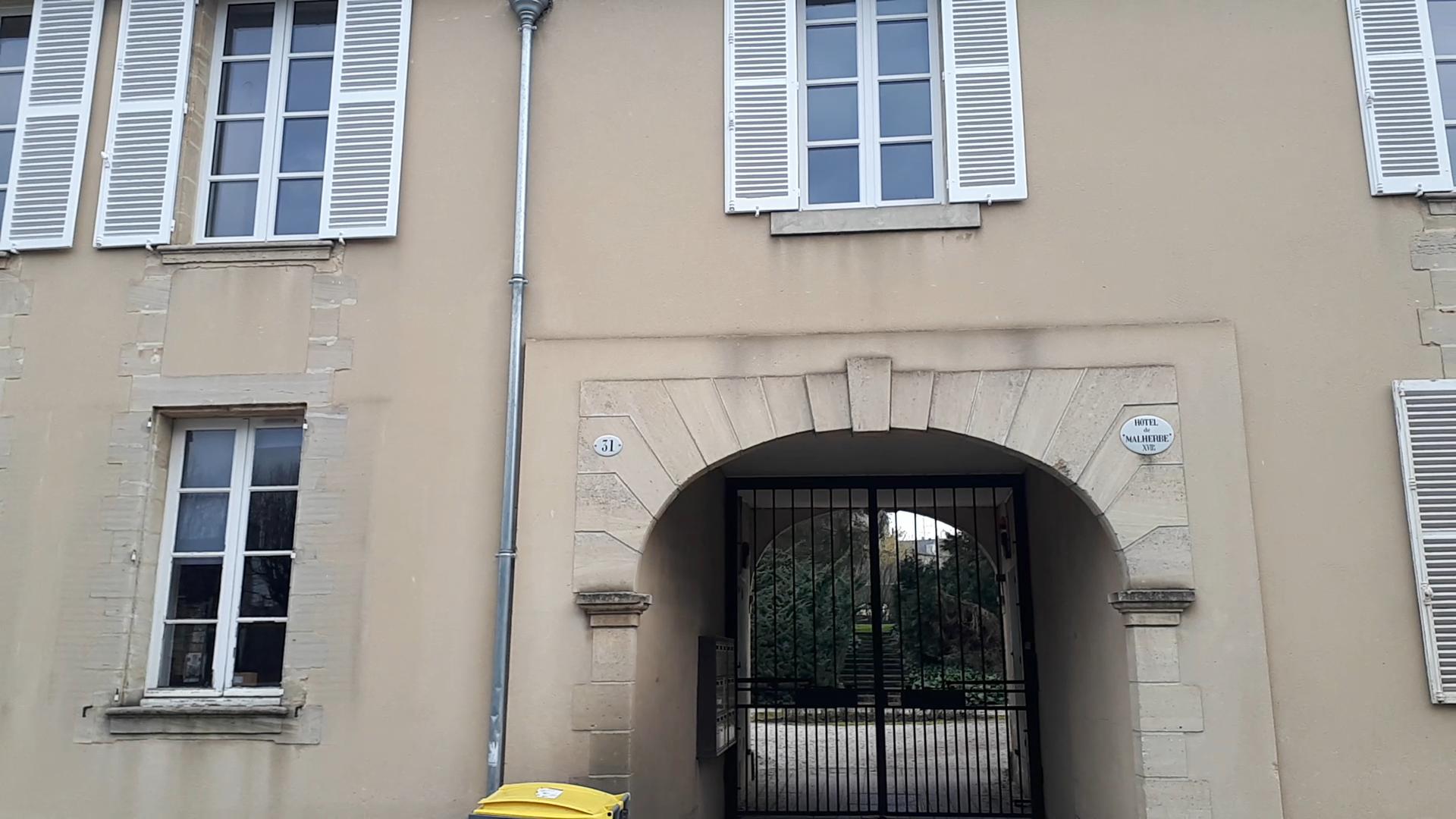
The Komandature was set up in rue des Coqs. The hotel Luxembourg was a lodging for German soldiers. The seminary, which is where the tapestry is now, was commandeered by the Germans. That caused friction between the bishop and German authorities.
Life went on pretty much as before, for those that toed the line, but with hardships like rationing, and curfew. There were fines if your windows weren’t blacked out properly.
The Third Reich was going to be here for ever, so the Germans wanted the French to accept their presence. That was an impossible dream. Although some people collaborated and others profiteered from the black market, the general feeling was anti german. Both the prefect and German commanders had to make a monthly report on the feelings of the population. The German reports and French authorities were unanimous. The people were waiting for the British to come and save them.
PASSIVE RESISTANCE
Even people not actively part of the resistance organisations would practice passive resistance. A film of a soccer match between Germany and Switzerland was shown. The Swiss goals brought cheers and the German goals boos. Films were shown with the lights up after that.
Funerals of allied airmen would pull crowds. At the burial of the Canadian Ferguson at St Martin des Entrées, the Germans checked everyone’s identity card. The next week several were deported.
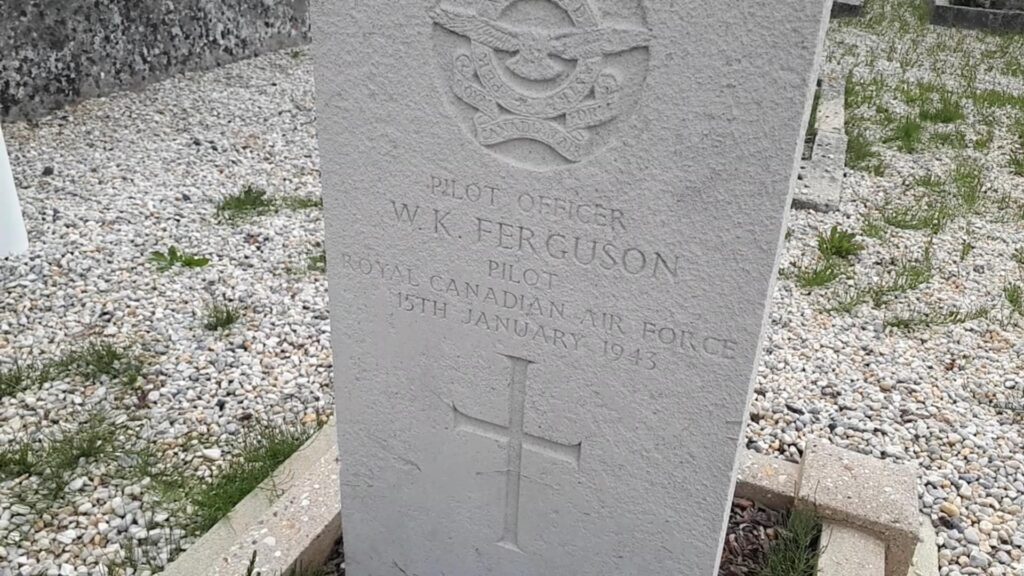
This place which is now a restaurant was an office where Frenchman could volunteer for the German army. Fortunately there were few volunteers, and you had to be in good form and have a good dentition.
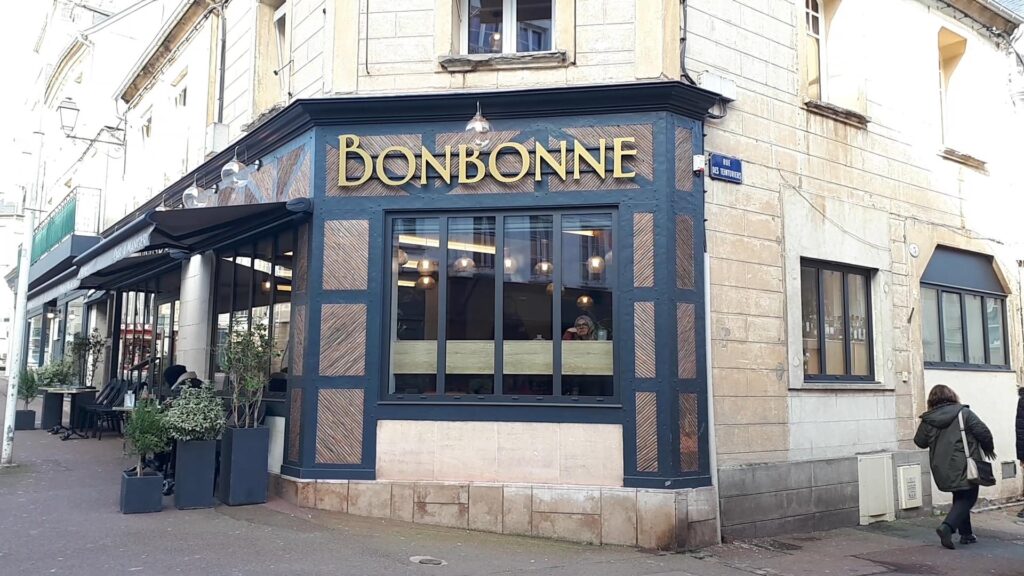
SHE SURVIVED RAVENSBRUCK
Nearby, where Carrefour shop is now, was the haberdashery of Marthe Deshayes. She was an agent under Edouard Lefevre responsible for the Bayeux sector of the front national, not to be confused with the political party. The front national was a communist resistance group. In 1943 she was arrested and passed by Ravensbruck and Mathausen. She survived and was back in Bayeux by April 45.
Further up the road where it becomes rue Saint Malo was the cycle shop of Guillaume Mercader.
He was born in the Pyrenees but had moved to Bayeux where he had a cycle shop. He was a professional cyclist and had participated in the Tour de France. He fought in 1940 in the foreign legion. When he was demobilised he came back to his cycle shop in Bayeux. Being a professional cyclist, gave him the right to ride around to train. And, riding around gave him many opportunities to get information on the German troops and defence installations. He was the deputy of Robert Delente who was the head of the OCM resistance movement. Mercader later became the head. One of his deputies was a woman Madeleine Branellec.
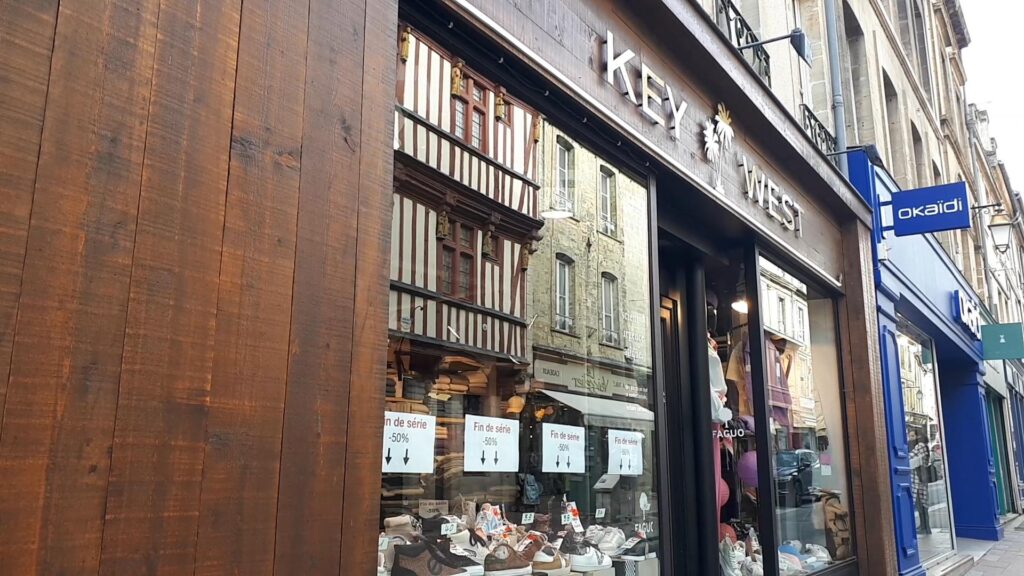
The cycle shop, which is now Key West, was used as a letter box by the resistance.
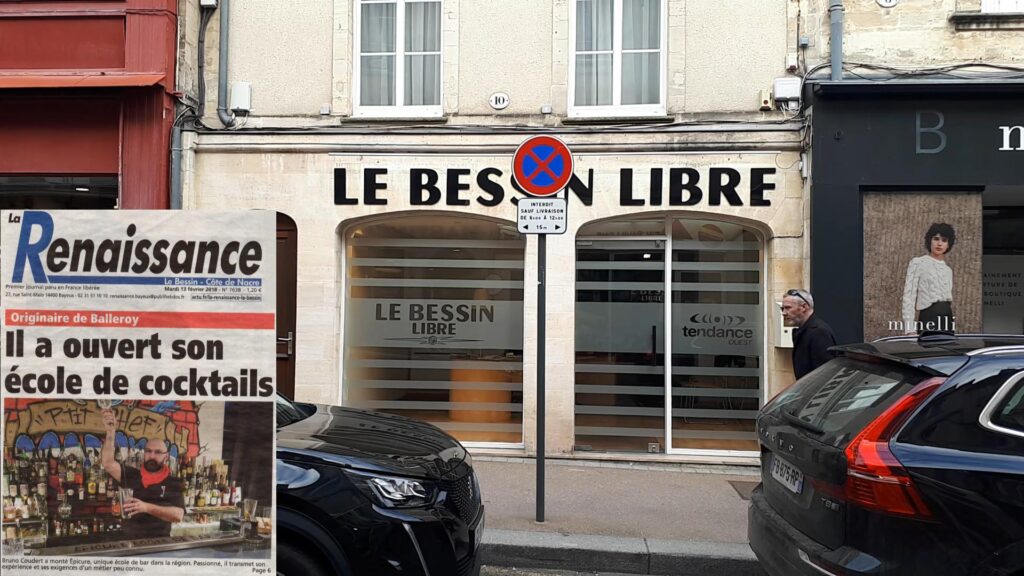
These offices of the local paper were used by Todt. They built the coastal defenses and organised the obligatory work service. Frnchman would have to report here to get their job assignement.
CLANDESTINE NEWSPAPERS
Many clandestine news papers were printed during the occupation. At the liberation they could come into the open. The Rennaissance du Bessin was one such paper.
Robert Delente was a lawyer. He and his wife were in the resistance. in 1943 the gestapo arrive at his offices to arrest him. His clerk says he’s going to fetch him and they both escape. That’s when Mercader became the local head.
Delente’s wife was arrested. Inspite of being beaten, she resisted giving any information. She was released in Feb 44 as she was pregnant.
Another well known resistant was Arthur Poitevin. He was born at Port en Bessin and became blind at an early age. He studied music and became a music teacher in Bayeux. Being blind, the Germans didn’t worry about him wandering along the coast. Accompanied by a young boy who told him all he could see, he collected a lot of useful information.
After helping a Pole who was actually a Gestapo agent, Poitevin was arrested in 1943 at his home in rue quincangrogne. He was sent to a concentration camp in Alsace at Natzweiler camp, before being transferred to Dachau. He survived and was home in may 1945.
The germans didn’t change Bayeux much except by building this bunker, now a music workroom. At the time it would have been on the outskirts of Bayeux facing North to the coast.
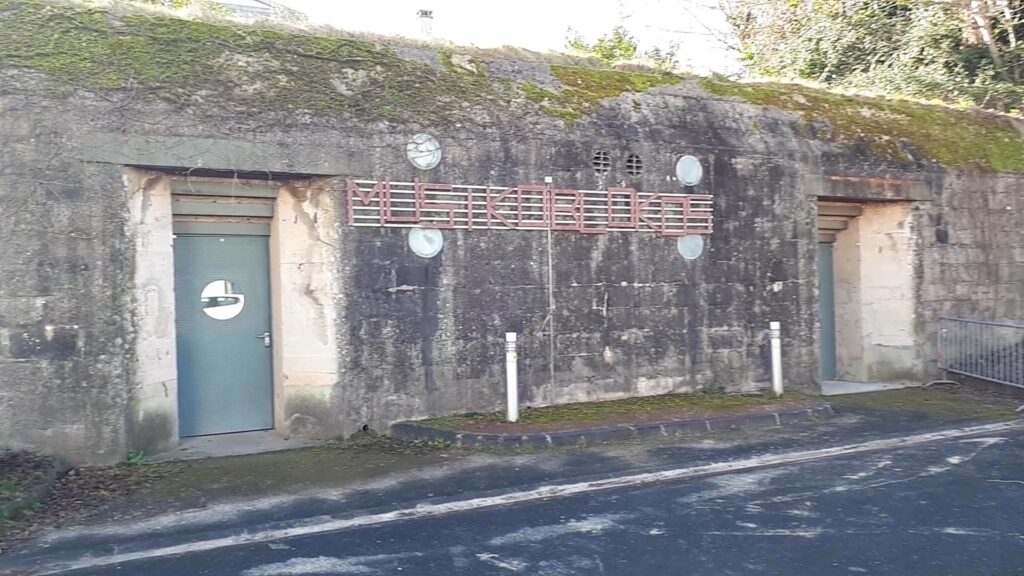
So how did Bayeux escape from being damaged like Caen and St Lo. The most renowned story is of Dom Aubourg. He was the priest at the convent at St Vigor.
During the 6th of June the Germans seemed to be ready to make a stand to defend Bayeux, but during the night there were sounds of vehicles moving. On the morning of the 7th Dom Aubourg went out to meet the British troops coming from Gold beach, at the cross roads near Somervieux. He told them that the Germans had left Bayeux and that they could go in without bombarding the town.
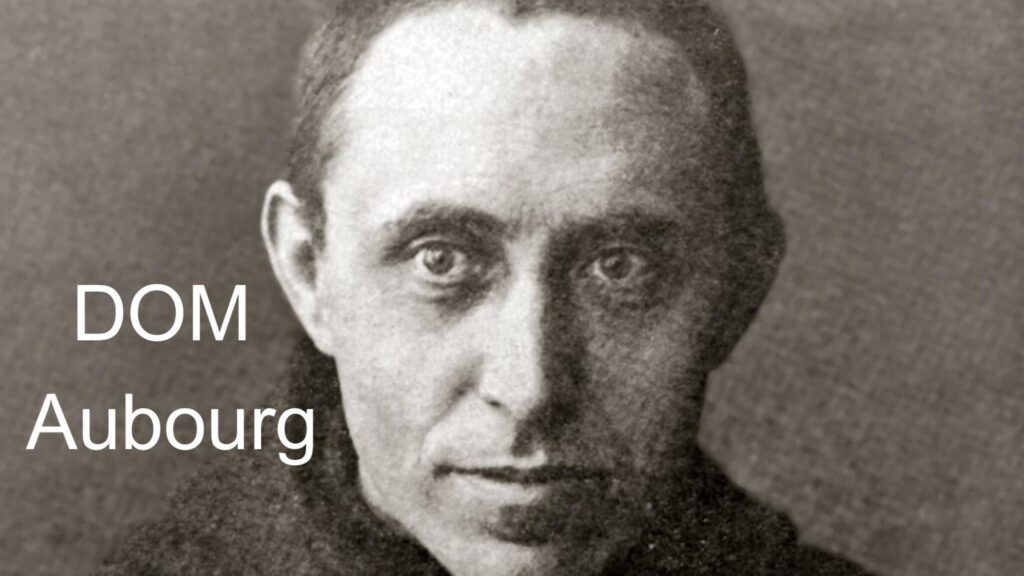
An hour later British tanks were rolling into Bayeux.
Dom Aubourg became known as the saviour of Bayeux. He was the priest at the convent at St Vigor on the outskirts of Bayeux.
But of course there is never just one version of an event. A British oficer with troops in the public garden area met a young girl and she told him that the town was full of civilians. It’s said he contacted a plane and stopped a bombing raid.
And then there’s Guillaume Mercader. He was already in communication with the allies.
These three versions might all be true. Anyways, Bayeux was taken with just a small skirmish around the police station and town hall, and a few bullet marks.
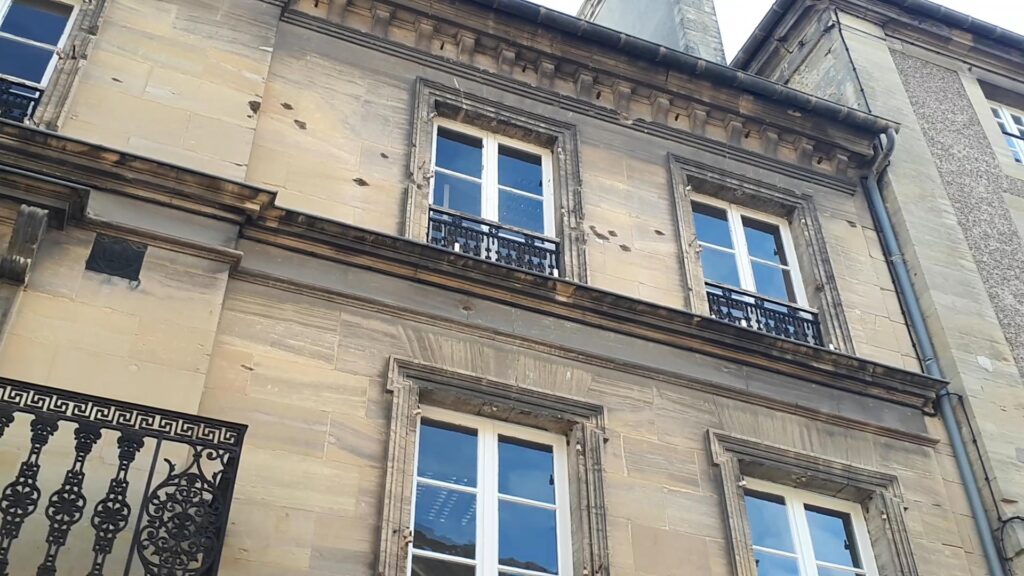
The Germans who now surrendered had to be protected by the British troops.
The seminary which had been commandeered by the Germans was now used by the british as a hospital. Bayeux was to become the center for treating wounded and also became the site of the biggest British cemetery.
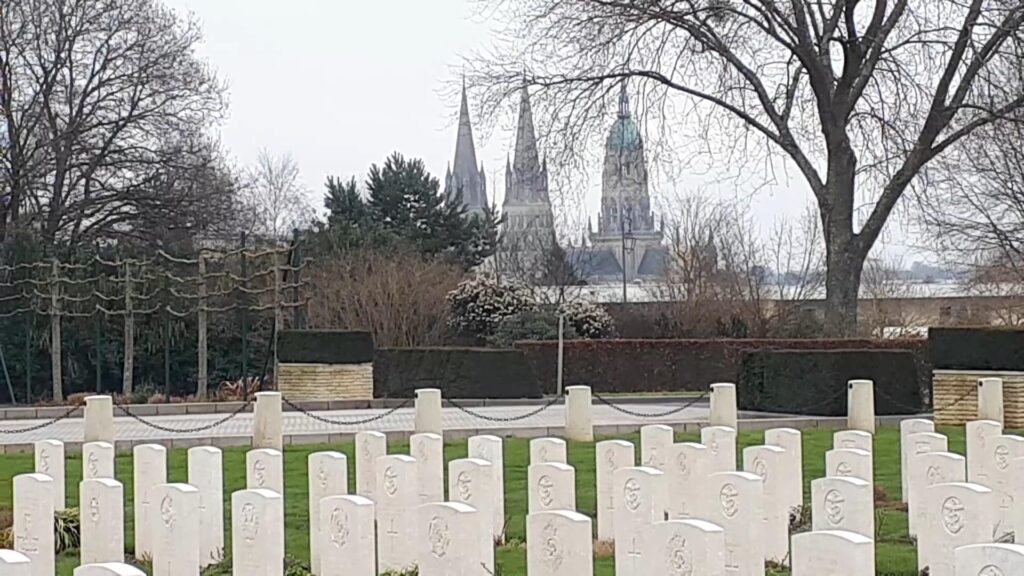
One disadvantage of the town not being badly damaged was that getting tanks and trucks through narrow medieval streets was difficult. In a bombed out town they would just bulldoze a way through. The British solved that problem by building a by pass encircling the town. It was finished in three weeks by using matting as had been used to cross sandy beaches and flexible mesh for airfields.
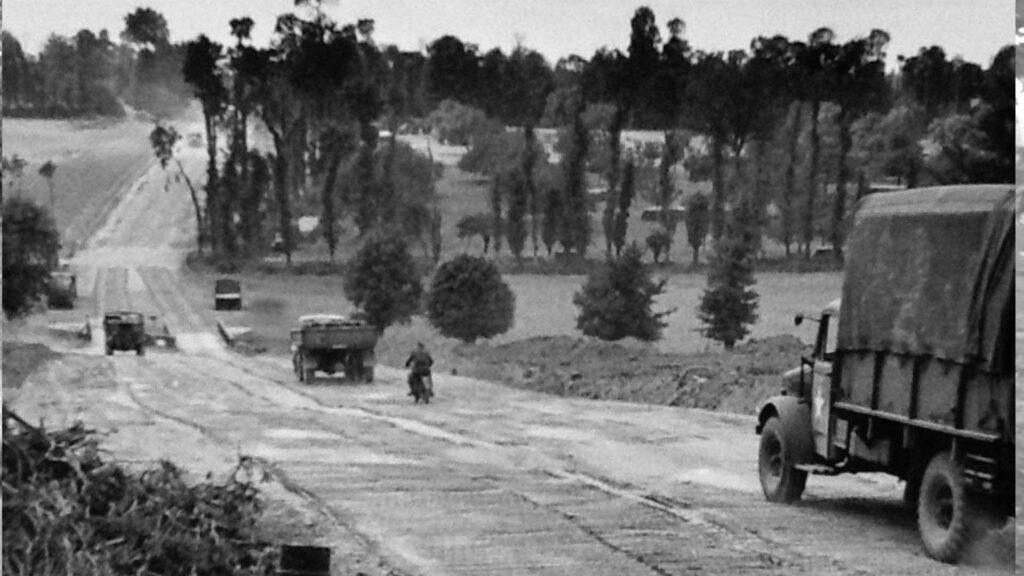
After the war the road was made into a real road and was the main road around Bayeux till the four lane highway was finished in 2003.
Another trace left by the British troops was this insignia of the 50th Div TT for Tyne Tees. There’s another TT inscription at Ver sur mer.
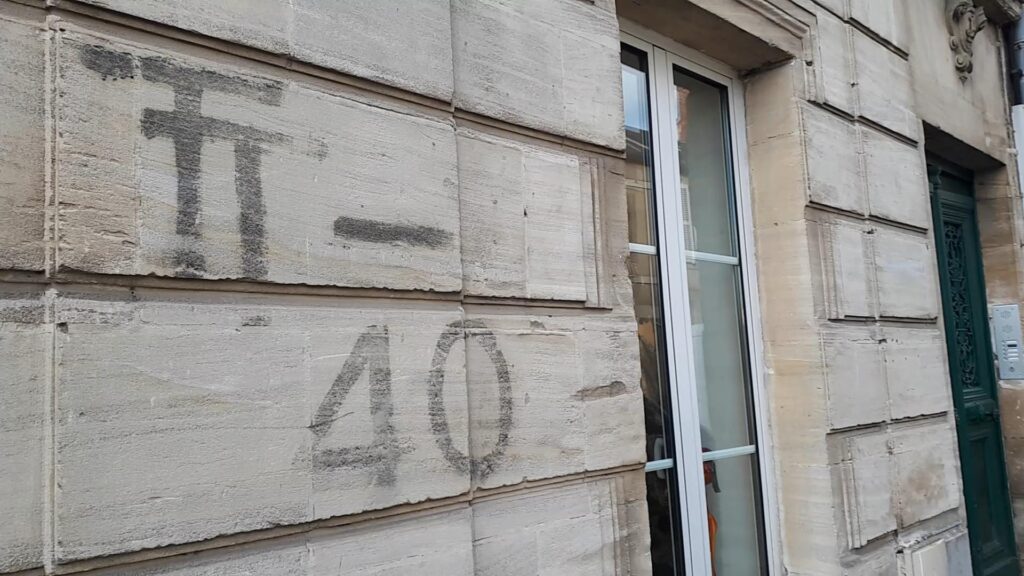
MONTGOMERY AT CREULET
Montgomery moved into his HQ at Creulley on the 7th. A week later he had the visit of Churchill then Degaulle then King Geoges. Degaulle landed at Courseulles and was driven to Creully by the Canadian Major Sanderson. As they left the chateau Montgomery said to take Degaulle back to the ship . As soon as they got out of the grounds, DeGaulle said “we’ll go to Bayeux”, so Sanderson had no choice but to go to Bayeux. He stopped the jeep at the end of Rue St Jean and De Gaulle strode up the road amongst the excited crowd. They at last could put a face to the voice they’d heard on the BBC.
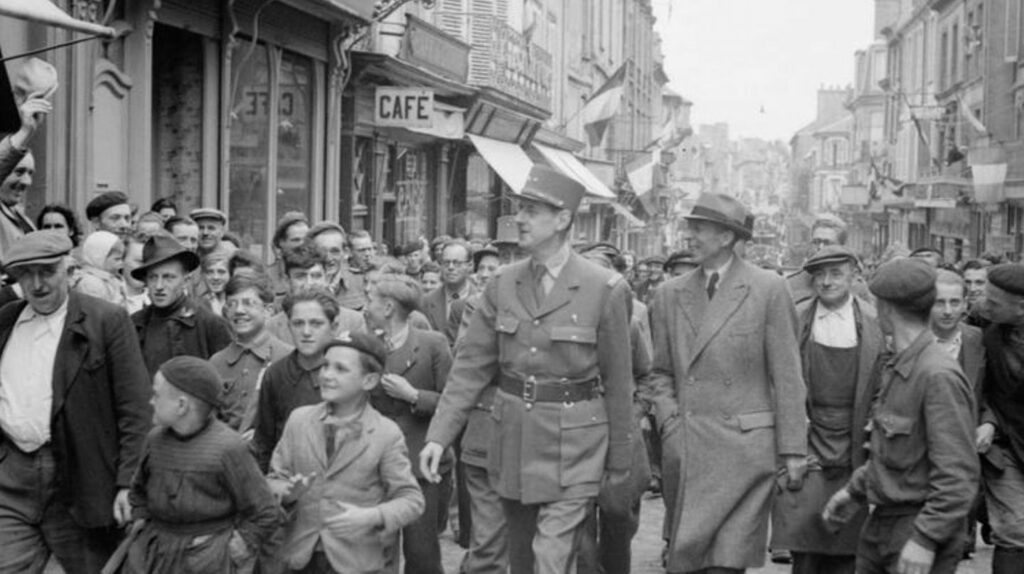
He walked up the main street then along rue de Gen Dais, across the place du Chateau to the sub prefecture.
Then he came back to the square, and under the trees, to give some protection against a possible bombing raid, he made a speech to the population. The square is now place de general Degaulle.